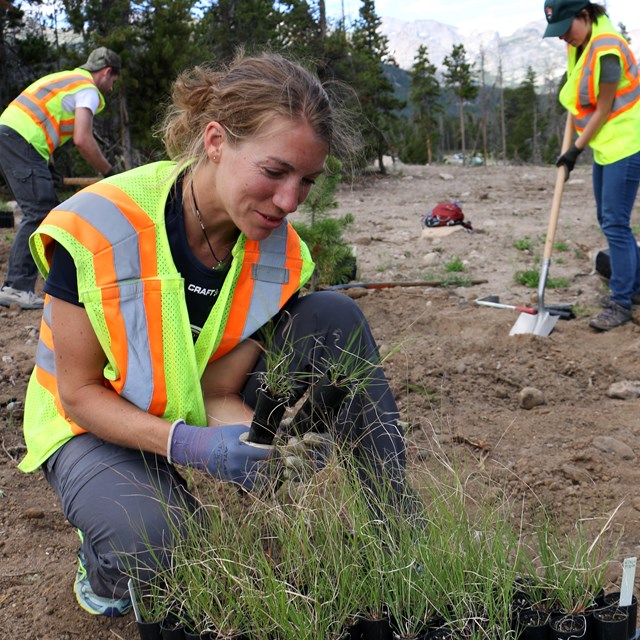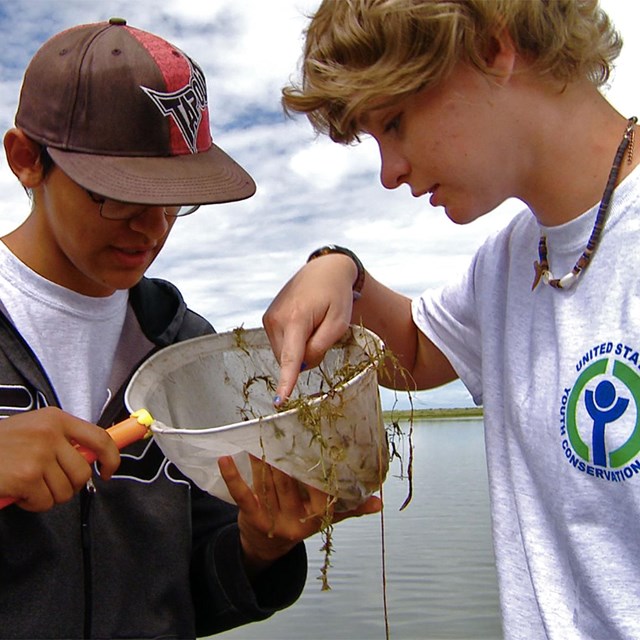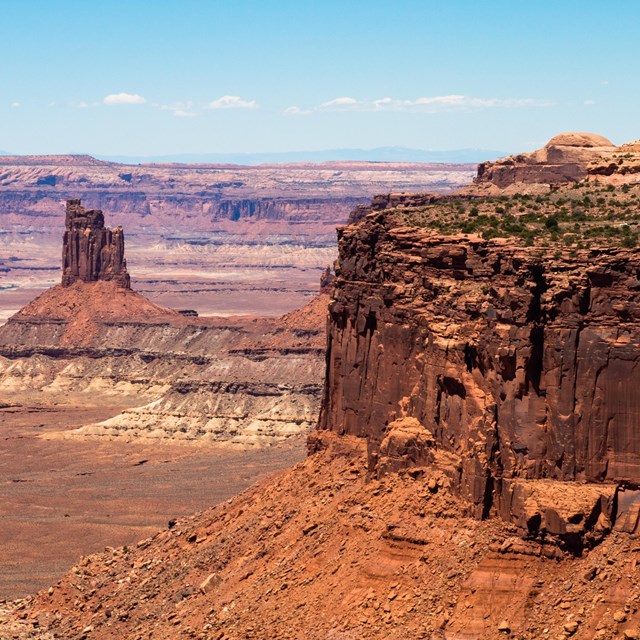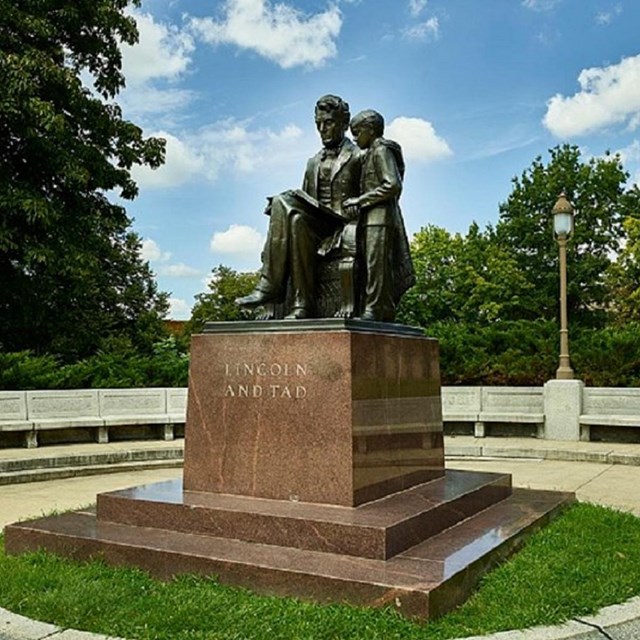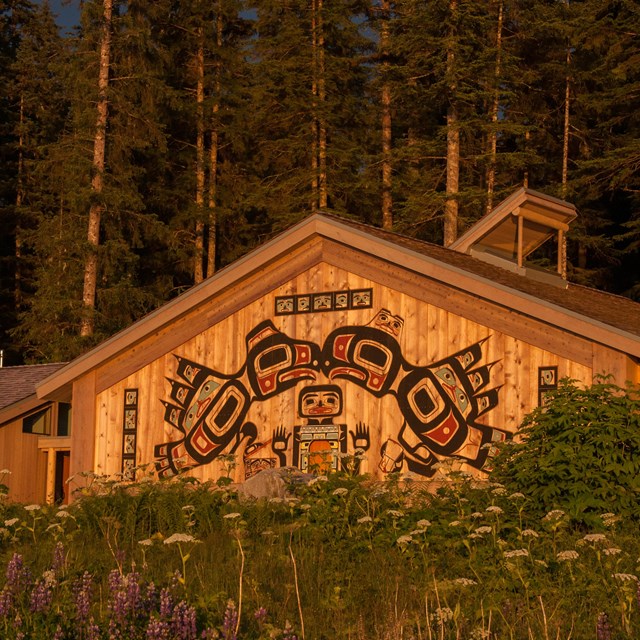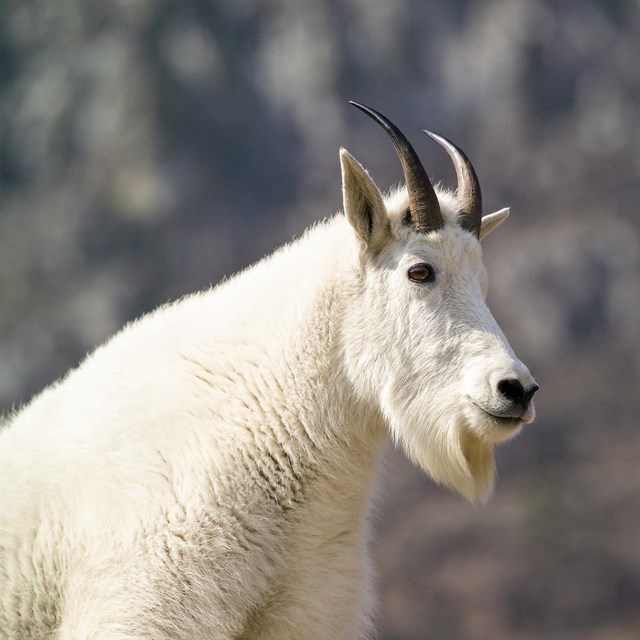
Annual publication integrating research and resource management in intermountain national parks

Read about resource stewardship and science efforts within the region.
Mission
The Resource Stewardship and Science Directorate supports comprehensive resource management through collaborative partnerships to enable excellence in resource stewardship. We provide scientific and technical expertise and quality customer service to advance interdisciplinary planning, informed decision-making, and implementation of practical on-the-ground solutions that support natural and cultural resource conservation while providing engaging experiences for visitors.
Vision
To provide world-class science, leadership and management expertise in service to National Park resources, programs, and partners.
Areas of Expertise
- place-based science and knowledge acquisition and distribution
- resource interpretation and advocacy
- coordinating and facilitating partnerships
- project planning, compliance and civic engagement
- visitor use management planning
- resource inventory, condition monitoring, and reporting
- agency and Tribal consultation
- science-informed decision-making
- park coordination and technical assistance
- information management and access
- historic and cultural resource treatment
- public trust responsibilities
Organization
Divisions and Programs
Cultural Resources Division staff are based in Denver, Tucson, Santa Fe and the Western Center for Historic Preservation at Grand Teton National Park. The Division provides professional services, consultation, training, policy direction and program oversight – including guidance and technical assistance – to parks, regional leadership, WASO, tribes and partners. It also actively manages and preserves millions of museum collections and archives for parks.
Understanding information within a geographical context is critical to resource management. The Intermountain Region Geographic Resources Division (IMR GIS) deploys a diverse suite of geospatial tools, including Geographic Information Systems (GIS), remote sensing, Global Positioning Systems (GPS), and cartography to support parks and programs. The division provides support and advises parks on geospatial data collection and management, including the use of GPS, GNSS, photogrammetry, LiDAR, and Unmanned Aircraft Systems (UAS). The program also conducts geographic analysis to help inform park management decisions, develops and provides training resources, designs cartographic map products, and offers online services supporting better distribution of parks’ geographic data to parks, programs, other federal agencies, and the public.
The staff of the Heritage Partnerships Program (HPP) administer several historic preservation programs that help to promote and protect nationally significant resources, provide technical assistance and resources to partners and stewards of historic places, and ensure compliance with federal historic preservation laws, regulations and guidelines. HPP’s mission is to assist those who preserve nationally significant historic places by providing innovative ideas, professional expertise and other resources.
The Landscape Conservation and Climate Change program (LC&CC) has two employees, one based in Lakewood, CO and one in Bozeman, MT. The program’s mission is to provide leadership and technical assistance to conserve cultural and natural resources in a landscape context in response to climate change and other large landscape stressors. The LC&CC program works with a wide range of partners to help parks identify potential vulnerabilities of resources to changing climatic conditions, to define appropriate adaptation strategies and actions, and to connect parks to a wide range of on-the-ground adaptation and decision support tools. The program also works to integrate park “sitebased” conservation and science needs into local, regional, and larger landscape conservation efforts.
The Natural Resources Division includes 24 employees that provide technical assistance, policy advice, and program oversight. The Division deals with a wide array of subject areas including wildlife, fisheries, vegetation, air and water quality, geology, natural sounds and night skies. The Division provides professional and technical services to IMR parks in these areas, and also supports the National Natural Landmarks program. Staff serve as liaisons with other federal and state agencies, and participate in largearea/ ecosystem planning. Research and technical assistance in biological, physical and social sciences are provided through academic partners by the program’s CESUs.
The Tribal Liaison Office is based in Lakewood, CO in the Intermountain Regional Office. The Office provides professional services, consultation, training, policy direction, oversight, guidance, and technical assistance to parks, regional leadership, WASO, and partners. It also actively works to ensure effectively train and assist parks on maintaining tribal relationships.
Learn More
Check out other resource stewardship and science programs in the National Park Service.
Last updated: July 29, 2022

